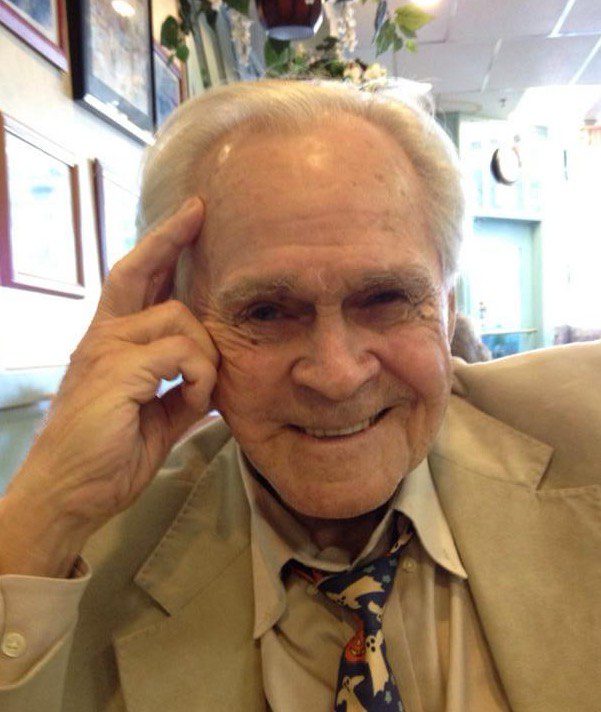No to electric school buses
With Gov. Kathy Hochul’s [D] order that all school buses must be battery powered by 2035, New York State tries to walk the walk to cut accursed global warming, melting glaciers, extinction of species and rising sea levels eventually submerging Long Island. But really?
The defective initiative to wind and solar generation will leave the Island with seriously unreliable and costly power. If NYS were to have zero emissions tomorrow, it would be globally undetectable.
There is no climate crisis. This “crisis” is based on defective U.N. climate computer models. Thousands of scientists around the world concur. We experience cyclical weather in decadal, century and millennial cycles.
Europe and especially Germany, the former industrial powerhouse of Europe, tried wind and solar with massive problems in reliability and cost by reopening fossil generation plants, namely coal, natural gas and oil.
Wind turbines in the marine environment have drastically shorter lives and kill land and sea birds, also whales. Solar panels are negligibly recyclable and also require rare earth metals sourced from unfriendly foreign countries via child labor and create copious pollution in fabrication while being barely recyclable. There are mountains of scrapped wind turbine blades now that can’t be recycled.
When buses are recharged at night, there is no “clean” solar power, and the wind may not blow. They will be charged by fossil fuel power plants — batteries are too expensive and last just a few hours. Where is the pollution reduction?
An electric school bus can cost $300,000-$400,000. A diesel bus costs less than $60,000. The governor is offering to subsidize electric buses up to $30,000 each, plus thousands for charging stations. What will that do to our taxes? What happens when the taxpayer subsidies end?
Electric buses weigh thousands of pounds more than diesel buses. Tires and roads wear more. More rubber nanoparticles and brake dust pollute the air. The operating system of an electric vehicle can be maliciously hacked shutting it down. Then what?
Electric vehicles, including buses, lose significant range when it’s cold. Can we leave stranded kids in a dead electric bus in the winter?
Electric buses unexpectedly fail. With a load of kids? In the winter? Buses, like other EVs, catch on unexpected fires that are inextinguishable and emit toxic gasses. Do we want that risk?
Electric vehicles suffer from the lowest resale rates. That will increase our cost and taxes when the bus company tries to recover expenses. The public is smart — you can’t give away a used EV (with a replacement battery costing more than the price of the vehicle). Hertz took almost a $250 million hit dumping its EV fleet that no one wants to rent and is excessively expensive to maintain.
Hochul’s attempts at greenwashing with electric school buses have significantly more downsides than the few, if any, benefits. She has already allotted hundreds of millions of taxpayer dollars for this fiasco. Let’s hope our kids aren’t endangered..
Mark Sertoff
Science/Technology Teacher
East Northport
Northville development proposals explained by town councilmember
The recently announced development proposals for the Northville site on Belle Mead Road in East Setauket have caused great alarm within the community about the impact they could have. The company has offered two proposals for residents to consider a 140-unit multifamily rental project built around the existing gas tanks, or a large warehouse and distribution center. It’s important for residents to understand the factors that must be considered as we search for a solution to this challenge, so I would like to share some facts and opinions about the matter:
• Some people have asked why the Town of Brookhaven would allow Northville to build any of this in the first place. A key point to keep in mind is that they are currently zoned industrial and have the legal right to develop the site. This property right is inviolable as long as they meet zoning — including clearing limits, site plan approval and an environmental review — and is the result of a court ordered stipulation.
• What the company really wants is the multifamily project, as that is going to be the most profitable option for them. However, many people think that placing a dense multifamily housing project among the tanks is a bad idea. Northville has come to the town and the Three Village Civic Association more than once asking for the required zoning change to allow for this and was told we would not support it.
• It seems to some people that what they are now doing with their public outreach campaign is to bypass the town’s planning process and the civic association. By taking their argument to the general public, perhaps the industrial proposal will be seen as so unappealing that the multifamily will seem like the better of the two options.
We have to keep in mind that except for the protected woodlands, the rest of Belle Mead Road is also zoned L-1 industrial and there are many businesses there that the community would not find objectionable, such as medical office, commercial space and all the other low intensity uses you find along that corridor.
Islandaire, for example, is a current industrial occupant in that area. Their company has grown into a national powerhouse and provides great jobs as well as a boost to our local economy. They are good neighbors and present a fine example of what good industrial development can look like. Responsible development is important for the overall health of our local economy, and there are very few places we can attract and host these types of businesses.
Northville is trying to move past their reputation and past association as a polluter that poisoned our land with nearly a million gallons of leaded gasoline. If they really want to be the good neighbor they claim to be, they should listen to the clear will of the community and develop the land in a way that will allow them to take advantage of their own rights without trampling on our quality of life.
Jonathan Kornreich
District 1 Town Councilmember
Selden Post Office celebrates Women’s History Month and more
Since the first Selden Post Office opened in 1852, the United States Postal Service has been committed to delivering top-notch service to Suffolk County residents.
In addition to celebrating our 172 years in Selden, we are entering our fourth year of the Delivering for America plan. It is a 10-year focus to transform the Postal Service that is self-sustaining and high performing. In the first three years since, the Postal Service has aggressively advanced core DFA strategies and initiatives. One of those initiatives is investing in our diverse workforce.
With March being Women’s History Month, I am proud to be serving as Selden’s postmaster for the last two years.
The Postal Service workforce is one of the most diverse in the nation. We look like America. That is our strength. Did you know women make up 46% of our workforce and we employ nearly 63,000 veterans? These are just two unique postal facts that can be found at www.usps.com/postalfacts.
I know our most valued assets are our employees and the goal of the DFA plan is to be an employer of choice. Born in
Selden Post Office celebrates Women’s History Month and more
Since the first Selden Post Office opened in 1852, the United States Postal Service has been committed to delivering top-notch service to Suffolk County residents.
In addition to celebrating our 172 years in Selden, we are entering our fourth year of the Delivering for America plan. It is a 10-year focus to transform the Postal Service that is self-sustaining and high performing. In the first three years since, the Postal Service has aggressively advanced core DFA strategies and initiatives. One of those initiatives is investing in our diverse workforce.
With March being Women’s History Month, I am proud to be serving as Selden’s postmaster for the last two years.
The Postal Service workforce is one of the most diverse in the nation. We look like America. That is our strength. Did you know women make up 46% of our workforce and we employ nearly 63,000 veterans? These are just two unique postal facts that can be found at www.usps.com/postalfacts.
I know our most valued assets are our employees and the goal of the DFA plan is to be an employer of choice. Born in Brooklyn and residing in Seldon, I can personally attest to the opportunities the Postal Service offers.
We are currently hiring city and rural carrier associates. I encourage anyone interested to stop in or visit and apply on our website, www.usps.com/careers. Who knows, you may become the future postmaster of Selden.
On behalf of the entire team, thanks for your continued support and we look forward to delivering for Selden and America in 2024 and beyond.
Valarie Faria
Selden Postmaste
Meals on Wheels thanks the community
The Three Village Meals on Wheels Organization is just completing its annual fund drive. The operating expenses and donations for this program come from individuals, civic, business, religious organizations, foundations, trusts and our local schools. This fund drive is necessary since the organization receives no recurring local, state or federal funding and is not government subsidized. Reaching out to the community for assistance has been ongoing for almost 40 years.
We are continually elated to see the overwhelming generosity shown during our annual fund drive and we are extremely grateful each year to receive such assistance.
We will be celebrating our 40th anniversary later this year. In the meantime, we continue to deliver two meals a day, five days a week to our clients. A huge “thank you” to all our donors and to all our volunteers. We could not exist without you all.
Diane Melidosian
Board Member, Three Village MOW
















